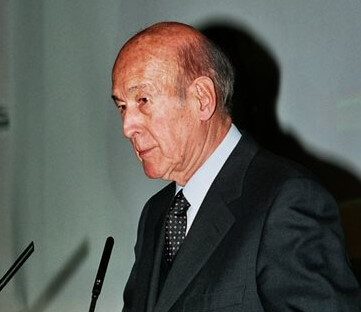It is only fifteen years ago that German historians started to study the role of sport in the dark years of Nazism. For over half a century both federations and clubs have been somewhat reluctant to open their archives to the researchers. Instead they preferred to refer to the more than elusive narratives that could be found in the occasional commemorative publication.
Since the beginning of the century, however, historical research has shed some new light on the behaviour of sport organisations between 1933 and 1945. Some of the work was of excellent quality, like our friend Nils Havemann’s standard Football under the Swastika (2005) or the very good case study on Schalke 04 (six times champions under the Nazi regime) Between Blue and White, there’s Grey by Stefan Goch and Norbert Silberbach (2005).
Not all of the publications, however, applied the same academic rigour, and some of them appeared to be biased by ideological premises. And as might be expected in a milieu where the attachment to a club is founded on emotions and dearly held collective beliefs, the historiography of German football has also engendered a number of myths and legends.

The story of a club which tried to do everything to protect its Jewish members, among whom its emblematic president Kurt Landauer, has been popularised over recent years not so much by the club itself, but by books and films that pretended to be well-documented and based on serious research.
It turns out that the historical truth is somewhat less glorious. As a matter of fact, Bayern have been no better and no worse than the vast majority of sport organisations during this period. Like most other clubs, Bayern were quick to “clean” their ranks from Jewish members, efficiently and rigorously, as early as spring 1933. And like most other clubs, they even went beyond the expectations of the new regime, which was not even too eager to displease international public opinion during the preparation of the 1936 Olympics.

Markwart Herzog had a good laugh when he studied these documents that had all those years been publicly available but neglected by those historians who had taken the role of “hagiographers” of Bayern Munich.
Needless to say that in the small community of German football historians his book chapter (featured in an article in Der Spiegel) caused a good deal of commotion. And as could be expected, he was entitled to a little shit storm on the social networks.
And how does the great FC Bayern Munich position itself in this matter? Very smartly, they have made no comment whatsoever. In prudent modesty (quite unlike their habitual communication style) the club itself had never actively put forward its allegedly “heroic” attitude during the dictatorship. As a result, it is now under no justification pressure and in a position where it can let the historians (the good ones) do their work.




